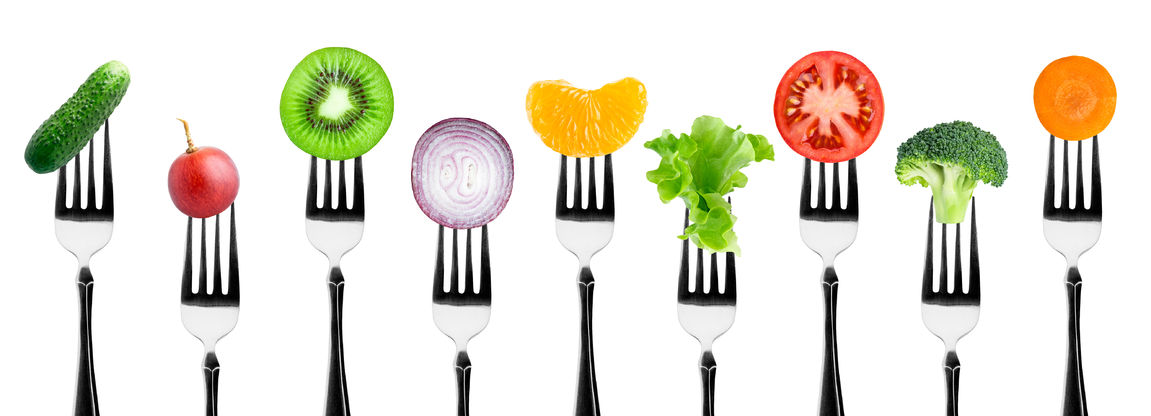75% of senior living communities are flakes.
By Pam McDonald
Have you ever asked your food services director if cooking from scratch is more expensive than using processed foods? The answer, according to David C. Koelling, President of Strategic Dining Services, an integrated, hospitality-based dining management company and Senior Housing Forum partner, should be a resounding no.
“No, no, and no, cooking from scratch is not more expensive. That’s just a fallacy,” David points out. “To make sauces or gravies, all you need is fresh stock and pan drippings. For mashed potatoes, you just boil and mix them, then season.
75% of Senior Living Communities Rely on Flakes
But, he notes, probably 75% of senior living communities are using potato flakes or pearls. He says, “Instead of using fresh ingredients, they’re buying jars of chicken-base, a medley of frozen vegetables, processed turkey rolls, and Salisbury steak with artificial flavorings.”
David states that community management needs to realize they are paying a premium for processed, convenience foods. “Communities cooking from scratch all the time,” he says, “will enjoying an overall cost-savings for food, and can use savings to upgrade to higher quality products.
“More importantly,” he notes, “they’ll be serving food that is better for residents. The ramifications of using processed foods are, not only greater expense, but meals that are higher in fat and sodium than fresh food.”
Choosing Processed Over Fresh . . . Why?
So why would senior communities – with full commercial kitchens – choose processed foods over fresh ingredients? David says there can be a number of reasons, including the following:
-
The Dining Services Director may not have the skills to cook from scratch
-
He or she may not be committed to the process
-
The community may not have systems in place
-
They may not be bringing staff in at the right time
-
They may not be hiring cooks or people who work on improving their skills
-
They may not be providing adequate training and accountability
-
The supplier’s sales team may be pushing convenience items – these have the biggest profit margin for them – and they may even provide extra services, such as completed menus featuring these items
David says, “Chefs and line cooks have to be trained and care about doing their jobs well. Great cooks will get bored in a kitchen where they’re merely thawing and warming. Those communities can’t attract people who want to do their best and get better. It becomes a self-fulfilling prophecy.”
While cooking from scratch is not more expensive, David notes that is does require a re-allocation of labor. But, he says, “The staffing is in place anyway. And, you can actually train the dishwasher to clean and prepare fresh items to be cooked.”
Cooking from Scratch Is Easier Than You Think
David describes the routine in a kitchen where cooking from scratch is the norm. He says, “They make chicken stock on Mondays, Wednesdays, and Fridays and beef stock on Tuesdays and Thursdays.
For the chicken stock, as an example, they can buy chicken backs and roast them, add the roasted bones, water, chopped onions, carrots, celery, garlic, peppercorns, and fresh herbs. Simmer this for eight hours, strain it, and put it in the cooler overnight. “In the morning, they remove the cap of fat. Now they have a foundation for soups and sauces for a wide variety of menus. It has three times the flavor, is 100% sodium free, and is low in fat.”
David, however, provides a warning: “If the kitchen switches to cooking from scratch and eliminates many of the processed and convenience foods, don’t be surprised if residents push back a little. After all, we conditioned their palette to these high sodium, high fat menu items. Remove the processed food slowly and you can even put the salt shakers back on the table!”
If you’re interested in learning more about lowering food costs while preparing healthier meals, contact Strategic Dining Services.
Visit their website by clicking the button below or call (888) 406-1902.
Click on the button below to download a PDF copy of this article:









